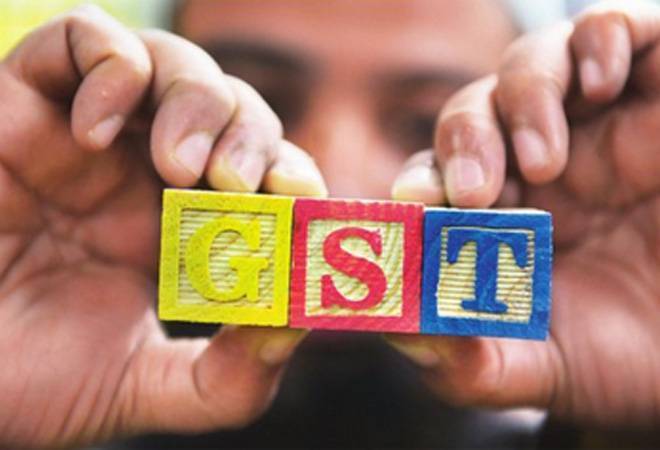One of the reasons for weaker GST collections in all states could be the tedious and elaborate process involved in it, observed a panel of tax experts and officials administering the single indirect tax regime. The good news is that this is likely to be resolved soon.
“The present system requires one to file 37 returns in a year. The Sushil Modi-chaired group of ministers (GoM) is working to reduce that effectively to half or even lesser,” said Arun Goyal, special secretary, GST Council—the administrative body that regulates and sets rules for the national indirect tax network.
Earlier, trade bodies and tax experts had approached the GST Council, seeking to reduce the compliance burden for adhering to the new indirect tax regime. Subsequently, the GST Council formed a group of ministers, comprising finance ministers and revenue officials of seven states, under the chairmanship of Bihar Finance Minister, Sushil Modi.
The GoM, during its meeting last week, had failed to reach a consensus on simplifying GST return forms. The ministerial panel, assisted by technocrat and Infosys chairman Nandan Nilekani, was looking at two options to simplify the returns earlier.
“Now a hybrid or combination of this two systems is being finalised to be presented as the third option for the GST Council to consider,” said Goyal, speaking on the sidelines of Export Promotion Council for EOUs and SEZ in Delhi on Wednesday.
In the first model, the GoM is considering the buyer needs to upload all the invoices, and get GST credit for inputs only after those invoices are verified by the seller. The second option require the seller to get provisional GST credit, even if all the invoices have not been uploaded. The third model is likely to be a combination of these two, Goyal indicated.
Among other things, the GST Council also wants the government to increase its stake in the Goods and Service Tax Network (GSTN)—the privately held body where government has 49 per cent stake—which monitors, controls, and runs the IT-backbone of the newly introduced indirect tax system.
“After the Facebook Cambridge Analytica leaks, national security concerns is becoming an issue among the council members. Therefore, it was felt that the stake in GSTN should be increased to 51 per cent and make it a government-owned setup,” said Dheeraj Rastogi, joint secretary, GST Council.
“We are looking at the options that could be explored to increase this stake,” said Rastogi, adding that the suggestion in this regard has also came from Finance Minister Arun Jaitley, who is also the chairman of GST Council.
Currently, states and Central government own 24.5 per cent each in GSTN. The rest 51 per cent is jointly held by LIC Housing Finance, HDFC, HDFC Bank, ICICI Bank, and NSE Strategic Investment Co. If such an arrangement is to be made, either LIC Housing alone, which is government-held, could sell the remaining equity to government or each private entities could sell 0.4 per cent equity each to the government.
The GST Council, which is the highest decision making body of the indirect tax regime, is likely to deliberate on these and more issues during its 27th meeting to be held on May 4. As per finance ministry sources, Jaitley is still restricted to move out of his sanitised zone at home, and so the meeting is likely to be done through video conference.

















































